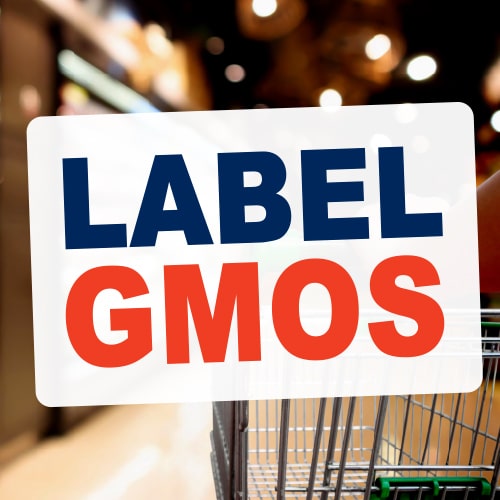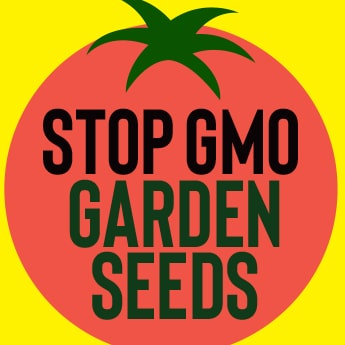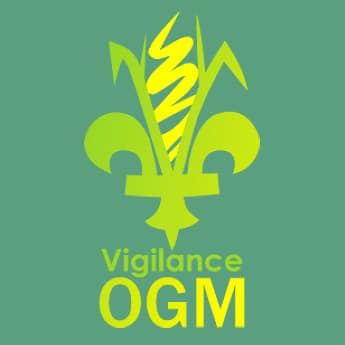Policy of coexistence of GM alfalfa is “utterly absurd”, say local farmers.
NATIONAL FARMERS UNION
Grey County Local 344 and Region 3 (Ontario)
(Kitchener) – Today farmers and consumers are protesting industry plans to prepare for the release of genetically modified (GM) alfalfa in Ontario. The protest, organized by the National Farmers Union (NFU) Grey Local 344 and NFU Region 3 (Ontario), is outside a Canadian Seed Trade Association (CSTA) workshop being held in Kitchener-Waterloo to discuss a framework for ‘coexistence’ of GM and non-GM alfalfa varieties.
“The CSTA’s claim that it can prevent GM alfalfa from contaminating non-GM alfalfa crops is utterly absurd”, stated Phil Woodhouse, president of NFU Grey County Local 344.
The patent on genetically modified herbicide tolerant ‘Roundup Ready’ GM alfalfa is held by Monsanto but Forage Genetics International is the company that would sell GM alfalfa seed in Ontario. Proponents of coexistence say that GM alfalfa will likely be most used in intensively managed alfalfa fields that are harvested before the crop flowers, in a three to five cuts-per-year system. The early cutting will supposedly eliminate pollen spread. However, blooming can occur when harvests do not go 100% as planned on every field due to inevitable delays from weather, labour, and machinery breakdowns, as well as along field boundaries.
“Tell that to the bees. They do not know the difference, and have not signed any coexistence plan,” said Ann Slater, coordinator of the NFU’s Region 3 (Ontario). “Bees will spread pollen from GM alfalfa to feral alfalfa plants that are growing outside field boundaries. Containment is impossible and so cross-pollination is inevitable,” she stated.
According to Woodhouse, the term ‘co-existence’ is merely industry spin meant to allay farmers’ concerns about contamination. “Make no mistake – GM alfalfa will cross-pollinate with non-GM and organic alfalfa and will threaten the very livelihoods of Ontario’s family farmers,” he warned.
Alfalfa is an important crop to farmers and consumers. Harvested as hay, alfalfa is used as high-protein feed for dairy cows, beef cattle, lambs, poultry and pigs. It is also used to build nutrients in the soil, making it particularly important for organic farming.
Attempts to commercialize GM alfalfa have been criticized by conventional and organic farmers alike. The Manitoba Forage Association, for example, has taken a strong position against GM alfalfa, which they say would harm Canada’s important alfalfa export markets.
“Our experience with GM “Triffid” flax shows how quickly export markets can be shut down due to contamination and how pernicious contamination can be,” stated Slater. “In 2009, contamination from GM flax found in Canadian flax exports to Europe cost Canadian farmers millions of dollars and lucrative markets.”
GM Roundup Ready (RR) soybeans, canola and corn are widely grown in Canada, but alfalfa is viewed differently because it is a perennial crop that is widely distributed. Agronomists confirm that RR alfalfa seed could appear in unintended places through physical contamination of seed supplies, through cross pollination of seed fields, and as a hard seed which can germinate after several years.
GM alfalfa was approved for human consumption and environmental release in Canada in 2005 but it requires variety registration before the seeds can legally be sold. In the US, plantings of GM alfalfa were allowed in 2011 after years of legal battles.
– 30 –
For more information contact:
Phillip Woodhouse, NFU Grey County Local 344 president: (519) 599-5041, pwoodhouse9@gmail.com
Ann Slater, NFU Region 3 (Ontario) Coordinator: (519) 349-2448, aslater@quadro.net
Also see www.cban.ca/alfalfa for background on the issue.





